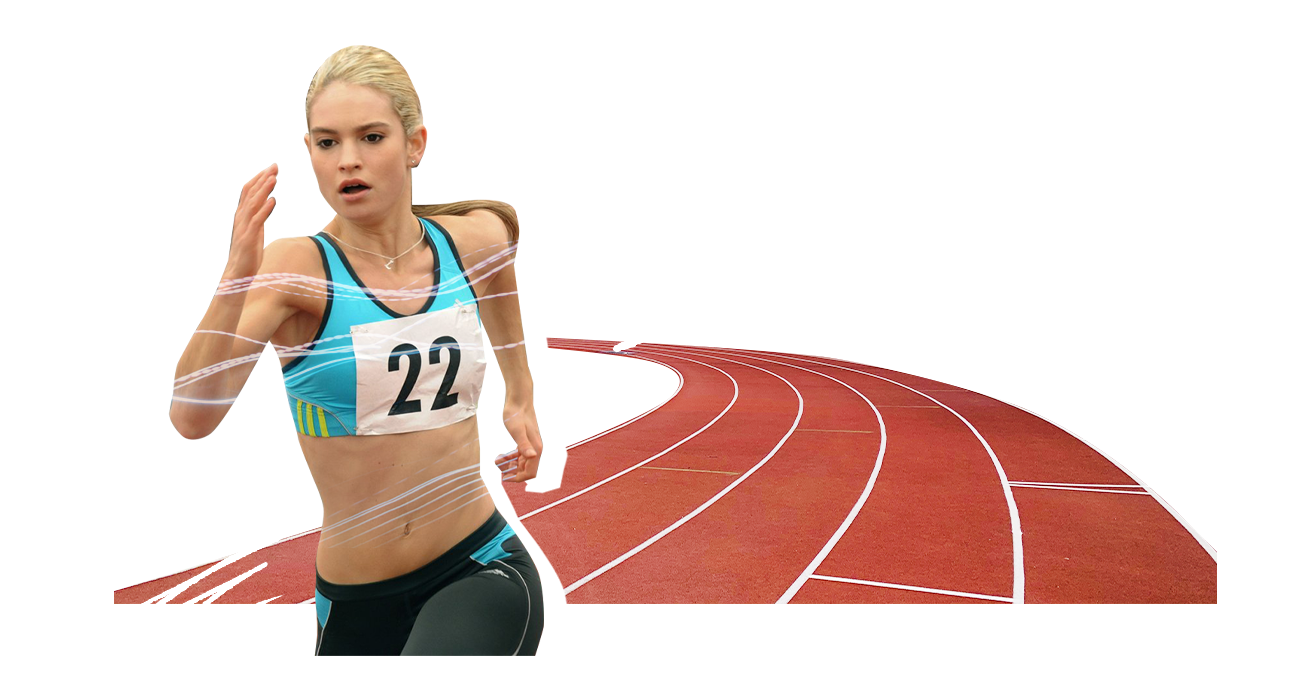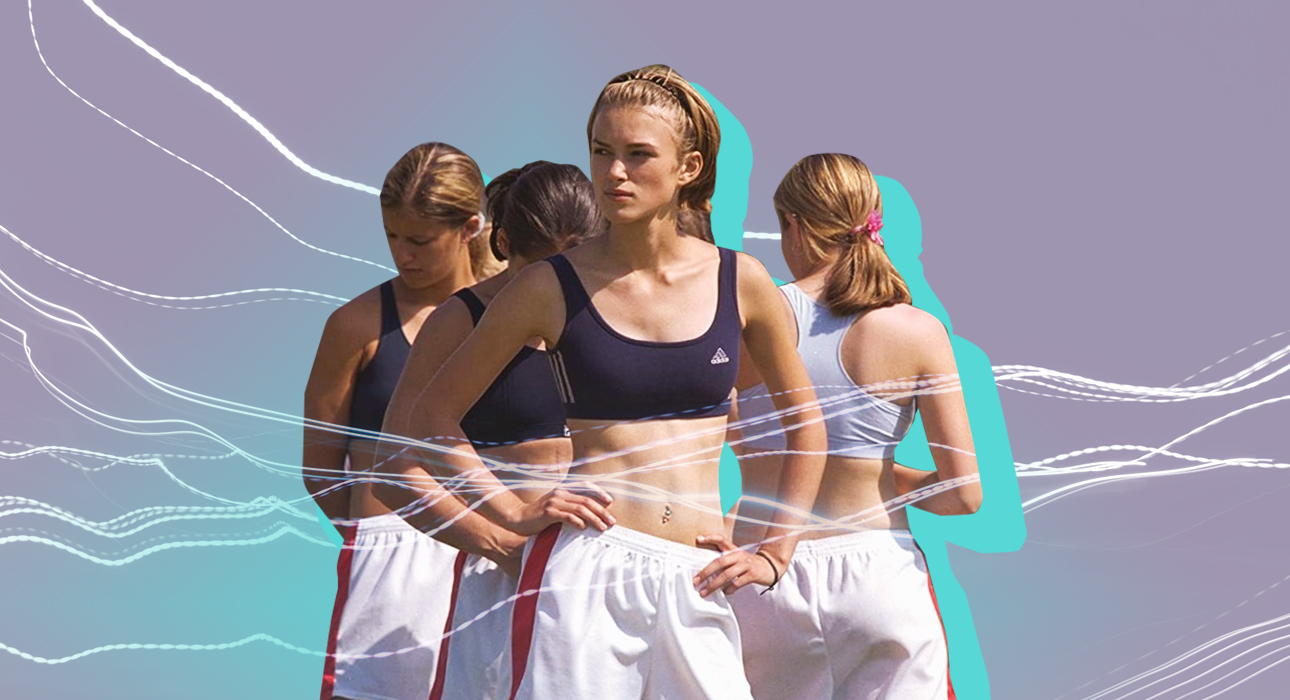Dear reader, we present to you our new columnist Inessa Tsarkova!
Inessa is an active nutritionist, gastroenterologist, therapist, naturopath and aromatherapist, health coach, integrative medicine doctor with a holistic approach. And now, once a week, she will share with us her knowledge on both physical and mental health, nutrition and much more.
In our last article, we discussed how you can protect your body during a cold, today Inessa will tell you where cramps in the body come from and how you can prevent them from occurring.

Inessa Tsarkova
Two states of the body
There are two situations in the life of our body. First: The activity state of the sympathetic nervous system when it is working. In this case, contraction (spasm) occurs in blood vessels and muscles, heart rate and blood pressure increase, and the body wastes its energy and resources. This happens with any physical or emotional stress. Second: state of rest and relaxation. Then the parasympathetic nervous system becomes active, muscles and blood vessels relax, heart rate slows down and blood pressure drops. During this period, the body regains its spent resources.
Breathing exercises, self-massage and muscle relaxation through stretching help switch from the first mode to the second.
Sometimes you just need to scan your body (preferably with your eyes closed) for tense areas and mentally relax by exhaling and simply sending intention to that place.
What is fascia and how does it affect the body?
However, if the fascia surrounding the muscles is not elastic and stuck together, the muscles cannot be relaxed. So let’s take a closer look at this magnificent structure.
Fascia is an important structure of the body on which our youth and health depend. To understand what it is, imagine a whitish film that the housewife removes when cutting meat. This is fascia.
It is located under the skin, consists of connective tissue and envelopes that connect all our muscles, organs, blood vessels and nerves, like a multilayered network.
Normally, it is elastic, loose and moist, passes freely through the layers of blood vessels and nerves, carries blood and lymph, muscles and organs are not compressed. The weight of the entire fascia accounts for a full third of our body weight.

The top layer of fascia resembles a Spider-Man costume and connects the feet to the upper body along musculo-fascial chains.
If you do not maintain the elasticity of the fascia through regular stretching and self-massage, they will shrink, thicken, and appear to stick to each other and the surrounding tissues.
In this case, the nutrition of muscles and organs is impaired, lymph stagnation occurs, toxic metabolic products accumulate, pain and swelling occur, movement is restricted, posture and even skin deteriorate. And the face begins to swell, wrinkles, bruises and bags under the eyes appear.
Imagine wearing several layers of clothing.
If it fits, you feel comfortable, you can bend over freely and move your arms and legs. However, if someone has sewn the lower layers of the garment onto the upper layers, it will be very difficult or even impossible to perform some movements.
Thomas Myers, world-renowned chiropractor and renowned expert in working with the body, said in his famous book on fascia, Anatomy Trains: “You have no more than six hundred muscles – you have one muscle that is divided and packed into different pockets of fascia.”
Everyone can find various intense and painful areas on their body called “trigger points.” These are thickened, dense and adherent fascia and the vessels and nerves become trapped inside and are therefore very painful.

This is exactly the same “seam” area that does not shift, thickens and hurts due to lymph stagnation and local inflammation.
All these changes associated with the lack of regular relaxation, stretching and self-massage lead to various diseases of the internal organs, spine and joints and even excess weight.
By regularly loosening, stretching and massaging, we ensure the moisture, elasticity and sliding of the fascial layers relative to each other.
It is important to understand that by applying various techniques called myofascial release, we pay attention to posture, the health of internal organs, the beauty of the face and freedom of movement.
When are stretching and self-massage especially necessary?
— Add this complex to your daily morning exercises (15-30 minutes is enough).
— Don’t forget to stretch and massage stiff and painful muscles in the neck, back and waist while sitting at work or school. Especially if you are in a static stress position for a long time (3-5 minutes every 45 minutes is sufficient).
— After any workout, dancing or cycling, it is important to stretch and relax overworked muscles (15-20 minutes each). And even after a long walk in the park.
— It is important to develop the fascia for faster healing after injuries.
Source: People Talk
I’m Roger Gritton, and I’ve been writing for the The Fashion Vibes for over 5 years now. My specialty is beauty news; I’m passionate about covering the latest trends, products, and innovations in the industry. In my time there, I’ve become known as an authority on all things beauty-related.
I love discovering new experts to interview, researching up-and-coming ingredients and techniques that are making their way onto our beauty shelves and highlighting people who are making a difference in the world of cosmetics. My work has appeared not only on The Fashion Vibes, but also several other publications including the New York Times Magazine, Allure Magazine and Refinery29.





